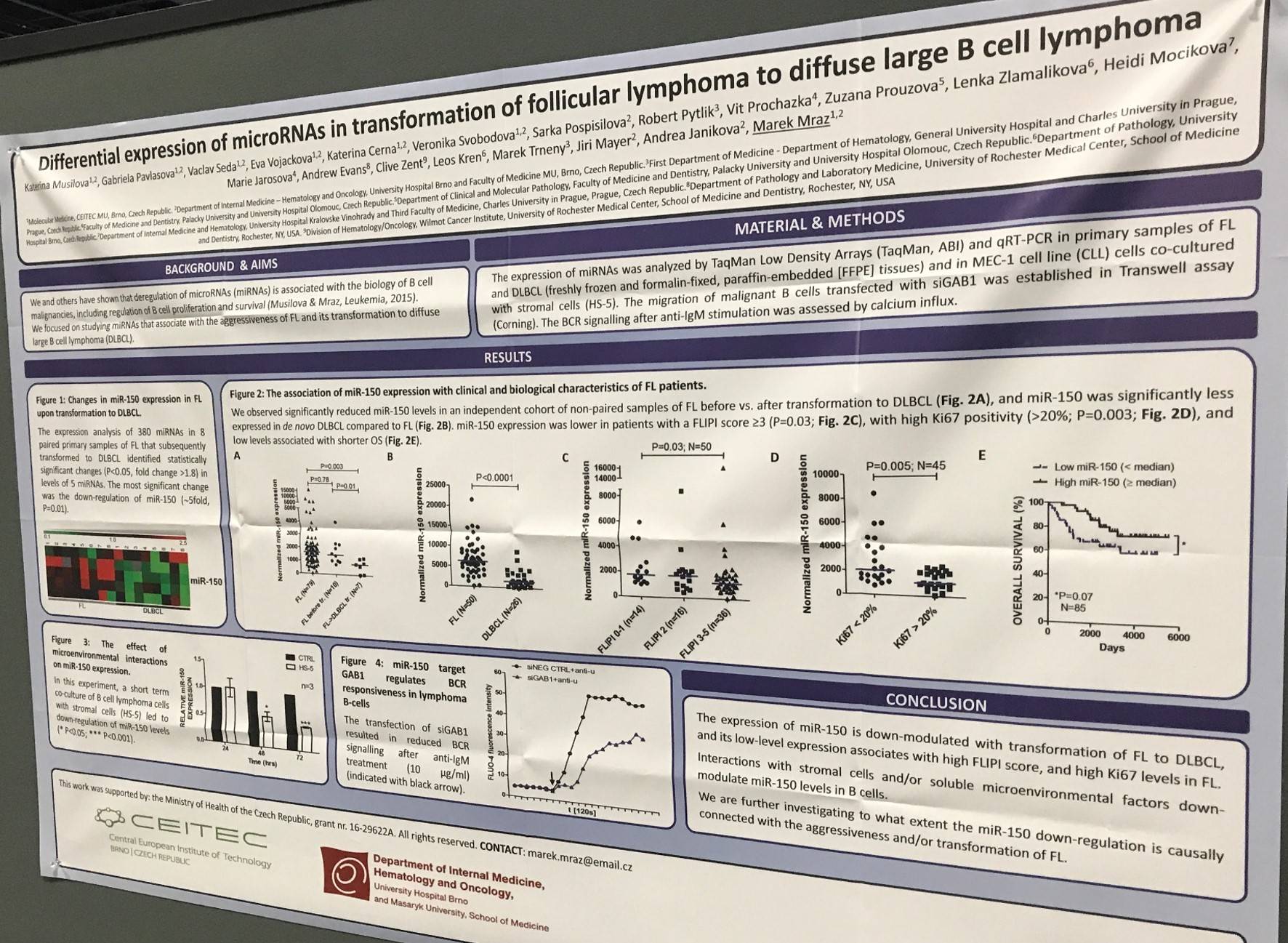All content on this site is intended for healthcare professionals only. By acknowledging this message and accessing the information on this website you are confirming that you are a Healthcare Professional. If you are a patient or carer, please visit the Lymphoma Coalition.
The lym Hub website uses a third-party service provided by Google that dynamically translates web content. Translations are machine generated, so may not be an exact or complete translation, and the lym Hub cannot guarantee the accuracy of translated content. The lym and its employees will not be liable for any direct, indirect, or consequential damages (even if foreseeable) resulting from use of the Google Translate feature. For further support with Google Translate, visit Google Translate Help.
The Lymphoma & CLL Hub is an independent medical education platform, sponsored by AbbVie, BeOne Medicines, Johnson & Johnson, Roche and sobi, and supported through educational grants from Bristol Myers Squibb, Incyte and Lilly. View funders.
Now you can support HCPs in making informed decisions for their patients
Your contribution helps us continuously deliver expertly curated content to HCPs worldwide. You will also have the opportunity to make a content suggestion for consideration and receive updates on the impact contributions are making to our content.
Find out more
Create an account and access these new features:
Bookmark content to read later
Select your specific areas of interest
View lymphoma & CLL content recommended for you
AACR 2017 | Poster 1479/21 – Differential expression of microRNAs in transformation of Follicular Lymphoma to Diffuse Large B-Cell Lymphoma
This year’s American Association for Cancer Research (AACR) annual meeting took place on 1–5 April in Washington, DC, USA. The program committee Chair was Kornelia Polyak, MD, PhD, from the Dana-Farber Cancer Institute, Boston, Massachusetts.
On Monday 3rd April, a poster (1479 / 21) by Katerina Musilova, from Ceitec MU, Faculty of Medicine MU, and University Hospital Brno, Czech Republic, et al. titled “Differential expression of microRNAs in transformation of follicular lymphoma to diffuse large B cell lymphoma” was presented.
The group explored the role of miRNAs in the transformation of indolent FL into aggressive DLBCL; transformation occurs in around 3% of cases per year and has a median survival of only 2 years.
Key Highlights:
- NGS found many aberrations associated with transformed FL (tFL), such as frequent high-level activity of MYC (amplifications, translocations, and mutations) or loss of DNA damage regulators (p53, CDKN2A/B)
- miRNA profiling in paired FL and tFL samples (n = 8 pairs) of 380 miRNAs revealed 5 miRNAs that are expressed differently in tFL (P < 0.05, fold-change >1.8)
- Most significant change was reduction in expression of miR-150 (~5-fold; P = 0.01)
- In an independent cohort of non-paired samples of FL before vs after transformation, miR-150 was significantly reduced
- miR-150 demonstrated significantly reduced expression in de novo DLBCL versus FL
- miR-150 expression was reduced in patients with a FLIPI ≥3 (P = 0.03), with >20% Ki67 positivity (P = 0.003); low miR-150 associated with shorter OS
- Expression of miRNA is down-modulated by B-cell adhesion to HS-S stromal cells in co-culture in vitro; suggesting its normal physiological function may relate to regulation of B-cell functions in the context of immune niches, potential contributing to FL progression and transformation
- miR-150 was found to regulate BCR responsiveness in Lymphoma B-cells by targeting GAB1
The poster was concluded by stating that expression of miR-150 reduced during transformation of FL to DLBCL; low miR-150 expression correlated with high FLIPI score and Ki67 levels. The group are conducting additional investigations exploring to what extent miR-150 expression reduction is causally responsible for aggressiveness/transformation of FL.

References
Your opinion matters
In your experience, when do most CRS/ICANS events occur after lisocabtagene maraleucel infusion?

